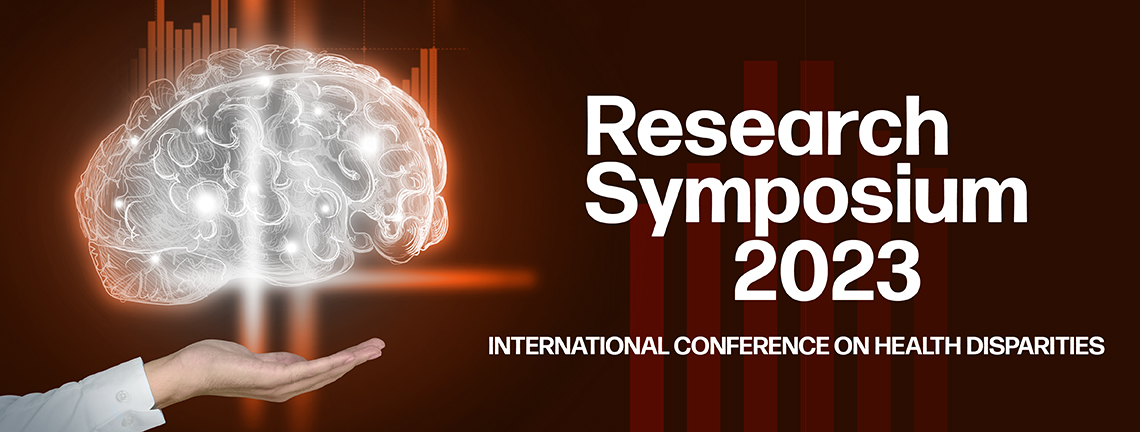
Posters
Presentation Type
Poster
Discipline Track
Biomedical Science
Abstract Type
Research/Clinical
Abstract
Background: Glioblastoma is the most common malignant brain tumor characterized by its aggressive and highly proliferative nature. Due to its poor prognosis, high recurrence, and lack of a permanent cure, current therapy is directed toward extending survival. Recent studies have provided insight into the anticancer effects of the anti-helminthic drug, Niclosamide, and the naturally occurring alkaloid, Camptothecin (CPT). Our lab previously observed how co-administration of Niclosamide and CPT resulted in increased suppression of cell proliferation, as well as higher rates of cell apoptosis compared to usage of each treatment alone. The present study examines the impact of the different chemotherapies on human glioblastoma U87 cells, with the specific aim to gather insight into the cell migratory and recovery potential of the U87 cells.
Methods: U87 MG cells were cultured on 6-well and 100-mm tissue culture dishes, and subsequently administered its corresponding treatment: Control, Niclosamide, CPT, or the combination of Niclosamide and CPT. The 6-well plate brought more insight into the effect of treatment with the administration of different concentrations (5 and 10 μM) of Niclosamide and/or CPT at 24-, and 48-hours post-24 hours treatment. Additionally, wound healing assay was performed to elucidate cell migratory patterns of the U87 cells following different treatment. Cell morphology at 24- and 48-hours post-treatment was observed with light microscopy.
Results: After removing the drugs Niclosamide and CPT, the present study observed the U87 cell's ability to recover a relatively normal morphology (anastasis). Both Niclosamide and CPT administered separately suppressed U87 cell recovery, with Niclosamide exhibiting prominent inhibition of cell growth and migration at 24 hours post treatment. Interestingly, CPT treatment cells switch to show a more prominent levels of suppression of cell growth at 48-hour recovery from treatment when compared to Niclosamide alone. Combined treatment showed the greatest level in inhibiting anastasis than Niclosamide or CPT alone, and significant number of cells were rounded up or showed shorter cell processes. Additionally, wound healing assay revealed a greater degree of cell motility reduction in the cells that received combined treatment, than with the treatments alone.
Conclusions: After removal of the drug treatment, evaluation of the U87 cell morphology indicated the suppression of anastasis in all three cell treatment conditions. The effect of CPT on cell proliferation and morphology during recovery were noted more pronounced than those of Niclosamide alone. The combined treatment of Niclosamide and CPT exhibited enhanced suppression of U87 MG cells for a longer period of time, thereby suggesting the potential application of this combination therapy to prevent tumor cell regrowth and mitigated tumor relapse.
Recommended Citation
Fang, X.; Cheng, B.; Lara, R.; Osho, J. B.; and Fonseca, Josue, "Assessing the Post-Treatment Morphological Effects of Niclosamide and Camptothecin on Glioblastoma Cells" (2024). Research Symposium. 64.
https://scholarworks.utrgv.edu/somrs/2023/posters/64
Included in
Assessing the Post-Treatment Morphological Effects of Niclosamide and Camptothecin on Glioblastoma Cells
Background: Glioblastoma is the most common malignant brain tumor characterized by its aggressive and highly proliferative nature. Due to its poor prognosis, high recurrence, and lack of a permanent cure, current therapy is directed toward extending survival. Recent studies have provided insight into the anticancer effects of the anti-helminthic drug, Niclosamide, and the naturally occurring alkaloid, Camptothecin (CPT). Our lab previously observed how co-administration of Niclosamide and CPT resulted in increased suppression of cell proliferation, as well as higher rates of cell apoptosis compared to usage of each treatment alone. The present study examines the impact of the different chemotherapies on human glioblastoma U87 cells, with the specific aim to gather insight into the cell migratory and recovery potential of the U87 cells.
Methods: U87 MG cells were cultured on 6-well and 100-mm tissue culture dishes, and subsequently administered its corresponding treatment: Control, Niclosamide, CPT, or the combination of Niclosamide and CPT. The 6-well plate brought more insight into the effect of treatment with the administration of different concentrations (5 and 10 μM) of Niclosamide and/or CPT at 24-, and 48-hours post-24 hours treatment. Additionally, wound healing assay was performed to elucidate cell migratory patterns of the U87 cells following different treatment. Cell morphology at 24- and 48-hours post-treatment was observed with light microscopy.
Results: After removing the drugs Niclosamide and CPT, the present study observed the U87 cell's ability to recover a relatively normal morphology (anastasis). Both Niclosamide and CPT administered separately suppressed U87 cell recovery, with Niclosamide exhibiting prominent inhibition of cell growth and migration at 24 hours post treatment. Interestingly, CPT treatment cells switch to show a more prominent levels of suppression of cell growth at 48-hour recovery from treatment when compared to Niclosamide alone. Combined treatment showed the greatest level in inhibiting anastasis than Niclosamide or CPT alone, and significant number of cells were rounded up or showed shorter cell processes. Additionally, wound healing assay revealed a greater degree of cell motility reduction in the cells that received combined treatment, than with the treatments alone.
Conclusions: After removal of the drug treatment, evaluation of the U87 cell morphology indicated the suppression of anastasis in all three cell treatment conditions. The effect of CPT on cell proliferation and morphology during recovery were noted more pronounced than those of Niclosamide alone. The combined treatment of Niclosamide and CPT exhibited enhanced suppression of U87 MG cells for a longer period of time, thereby suggesting the potential application of this combination therapy to prevent tumor cell regrowth and mitigated tumor relapse.

